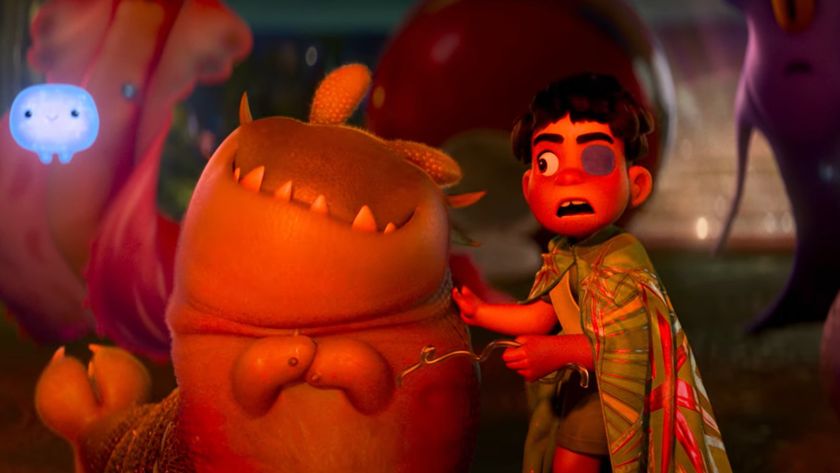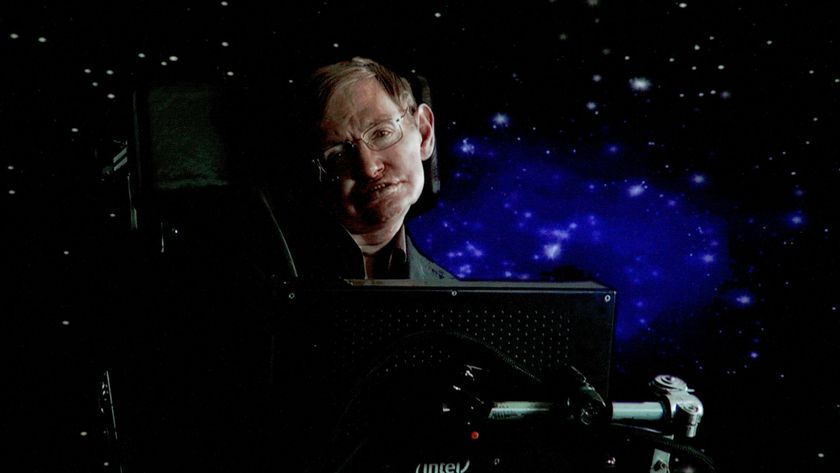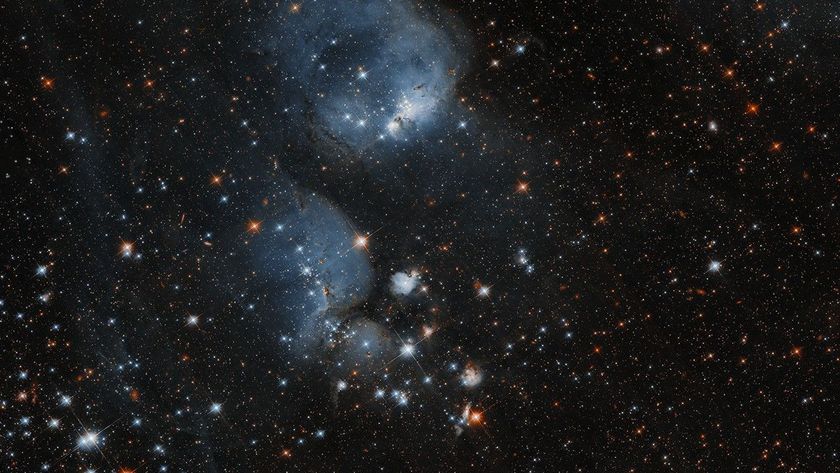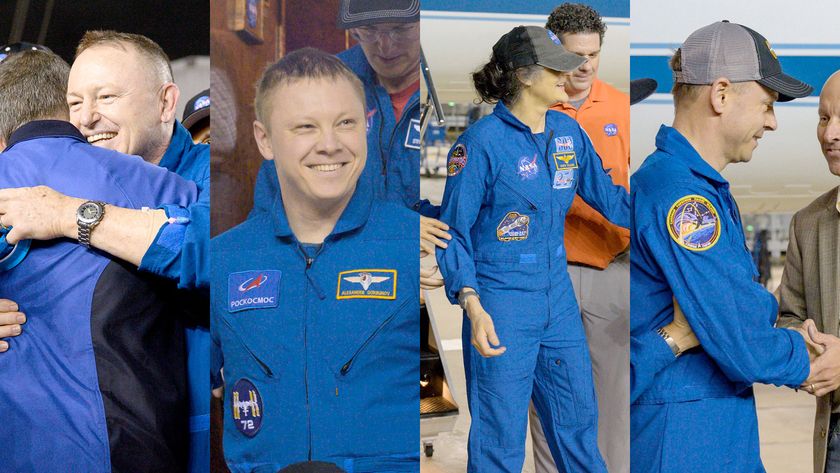Phew! Giant Asteroid Not a Threat to Earth, NASA Says
Claims that Russian scientists have discovered a huge asteroid that could threaten Earth in the near future are just not correct, according to NASA.
Recent news reports from Russia have stated that a researcher discovered a 1,312-foot (400 meters) space rock that could pose a danger to Earth. However, calculations from NASA and the Minor Planet Center in Cambridge, Massachusetts, show that the asteroid 2014 UR116 does not pose a danger to Earth for at least the next 150 years.
"Some recent press reports have suggested that an asteroid designated 2014 UR116, found on Oct. 27, 2014 at the MASTER-II observatory in Kislovodsk, Russia, represents an impact threat to the Earth," officials at NASA's Jet Propulsion Laboratory in California said in a statement Monday (Dec. 8). "While this approximately 400-meter sized asteroid has a three-year orbital period around the sun and returns to the Earth's neighborhood periodically, it does not represent a threat, because its orbital path does not pass sufficiently close to the Earth's orbit." [Potentially Dangerous Asteroids (Images)]
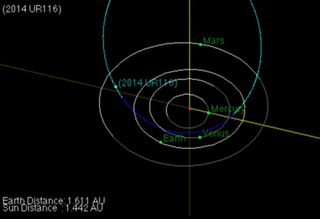
Asteroid UR116 was first seen about six years ago, according to the NASA statement. Officials have now re-computed the space rock's route around the sun and found that it poses no threat to Earth.
To track potentially dangerous cosmic objects (called near-Earth objects or NEOs) as they orbit the sun, NASA engages the help of amateur astronomers and professional space scientists around the world. After people discover and report a potentially dangerous NEO, officials map the comet or asteroid's path around the star to see if it intersects Earth's orbit in a potentially dangerous way.
Researchers are still discovering new NEOs all the time, but astronomers have already tracked many of these asteroids' orbits successfully. NASA officials estimate that they have found more than 90 percent of the NEOs in "Earth's neighborhood" that are 0.6 miles (1 kilometer) in diameter or larger. Scientists are now focusing on discovering 90 percent of NEOs 459 feet (140 m) in size or larger, according to NASA.
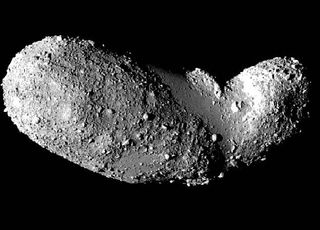
Asteroids are also important science targets for researchers interested in learning more about the beginnings of the solar system. Scientists think that asteroids, like comets, are leftovers from the dawn of the solar system, about 4.5 billion years ago, and learning more about their composition could help shed light on the history of Earth and other planets.
Get the Space.com Newsletter
Breaking space news, the latest updates on rocket launches, skywatching events and more!
Follow Miriam Kramer @mirikramer. Follow us @Spacedotcom, Facebook and Google+. Original article on Space.com.
Join our Space Forums to keep talking space on the latest missions, night sky and more! And if you have a news tip, correction or comment, let us know at: community@space.com.

Miriam Kramer joined Space.com as a Staff Writer in December 2012. Since then, she has floated in weightlessness on a zero-gravity flight, felt the pull of 4-Gs in a trainer aircraft and watched rockets soar into space from Florida and Virginia. She also served as Space.com's lead space entertainment reporter, and enjoys all aspects of space news, astronomy and commercial spaceflight. Miriam has also presented space stories during live interviews with Fox News and other TV and radio outlets. She originally hails from Knoxville, Tennessee where she and her family would take trips to dark spots on the outskirts of town to watch meteor showers every year. She loves to travel and one day hopes to see the northern lights in person. Miriam is currently a space reporter with Axios, writing the Axios Space newsletter. You can follow Miriam on Twitter.


